Devotion – Part 4: Italy
Chapter 4: Vatican
Vatican City is the smallest “country” in the world. About 800-to-1,000 people live at Vatican City, which occupies less than one-half square kilometer. “According to Catholic tradition, the Catholic Church was founded by Jesus Christ.” – Wikipedia. In my research, I found it fascinating that many scholars that used various independent means to determine the birth-year of Christ, estimate his birth to be between 6 BC and 4 BC (Before Christ), often now referred to as BCE (Before Common Era), as is used in my writing. The exact date of the birth of Jesus doesn’t seem to me to be ultra-important; but, it is a brain teaser that our relationship to time is based on a date that does not correlate with events the way we thought they did?
“The Catholic Church teaches that the coming of the Holy Spirit upon the apostles, in an event known as Pentecost, signaled the beginning of public ministry of the Church. Catholics hold that Saint Peter was Rome's first bishop and the consecrator of Linus as its next bishop, thus starting the unbroken line which includes the current pontiff, Pope Francis. That is, the Catholic Church maintains the apostolic succession of the Bishop of Rome, the Pope – the successor to Saint Peter.” – Wikipedia
“Unlike most religions in the Roman Empire, Christianity required its adherents to renounce all other gods, a practice adopted from Judaism. Christians' refusal to join pagan celebrations meant they were unable to participate in much of public life, which caused non-Christians–including government authorities–to fear that the Christians were angering the gods and thereby threatening the peace and prosperity of the Empire. In addition, the peculiar intimacy of Christian society and its secrecy about its religious practices spawned rumors that Christians were guilty of incest and cannibalism; the resulting persecutions, although usually local and sporadic, were a defining feature of Christian self-understanding until Christianity was legalized in the 4th century.” – Diarmaid MacCulloch
Constantine became emperor of the Western Roman Empire (see map below) in 312 CE and he attributed his success to the Christian God.
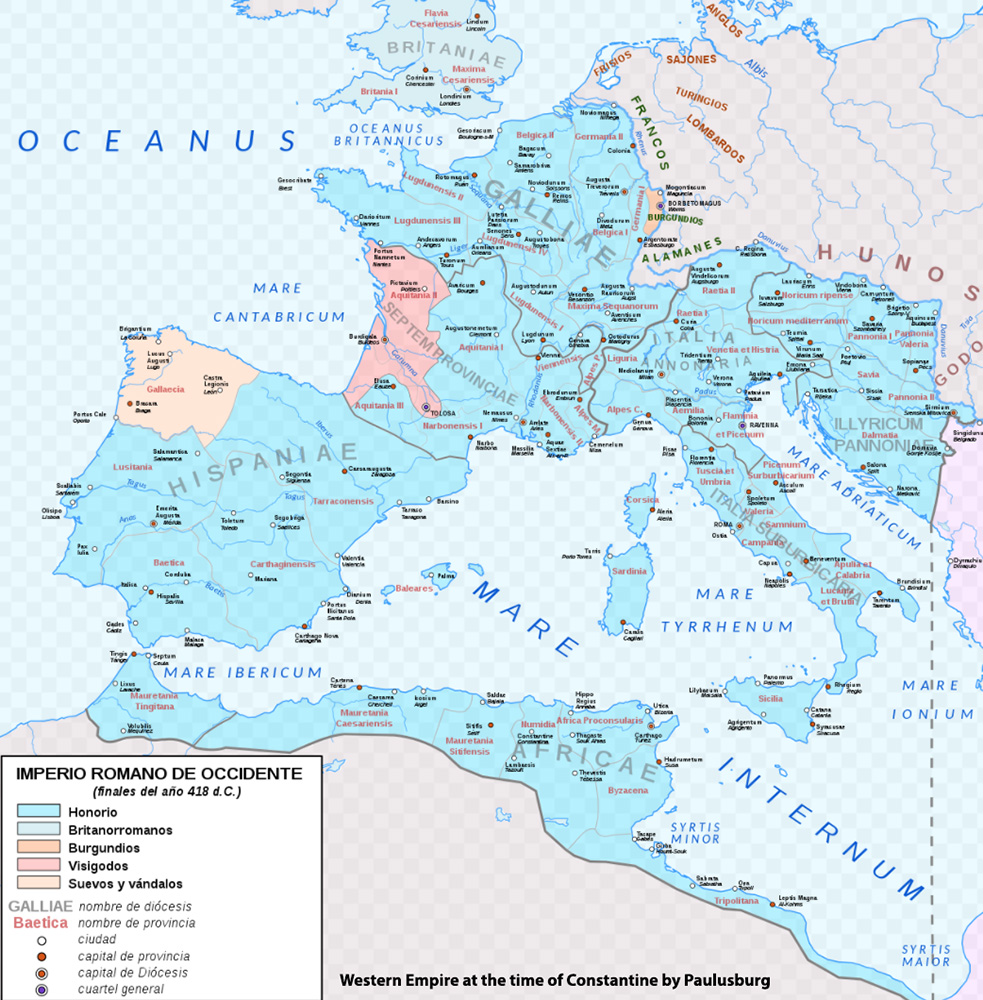
By 380 CE Christianity had become the state religion of the Roman Empire. Popes wielded great power over the ages, including leading militaries to war, and they controlled vast resources.
Vatican City has its own telephone system, post office, radio station, banking system and more. The Swiss Guard has protected popes since year 1506. The Vatican Bank, founded in 1942, reported in 2015 $8 billion in assets. The Vatican City State is responsible for running the Vatican Museums and in 2014 had a surplus of €63.5 million (over $75 million in today’s dollars).
Pope Julius II, the greatest art patron of the papal line, reigned 1503-1513 and he was one of the most powerful rulers of his age, including leading military efforts to prevent France from dominating Italy. Julius is most important for his close friendship with Michelangelo and for his patronage of other artists including Bramante and Raphael. Julius commissioned Michelangelo’s “Moses” and paintings in the Sistine Chapel and Raphael’s frescoes in the Vatican. Julius had a gift for inspiring the creativity of others. Donato Bramante, an Italian architect, was recognized for his talent by Cardinal Della Rovere shortly before Rovere became Pope Julius II. Julius engaged Bramante to design the rebuild of Saint Peter’s Basilica.
Pope Julius II laid the groundwork for the accumulation of great works of art at the new Vatican Museums, which were founded in 1508, just thirty-five years after the founding of the world’s first public museum, the Capitoline Museums, also in Rome.
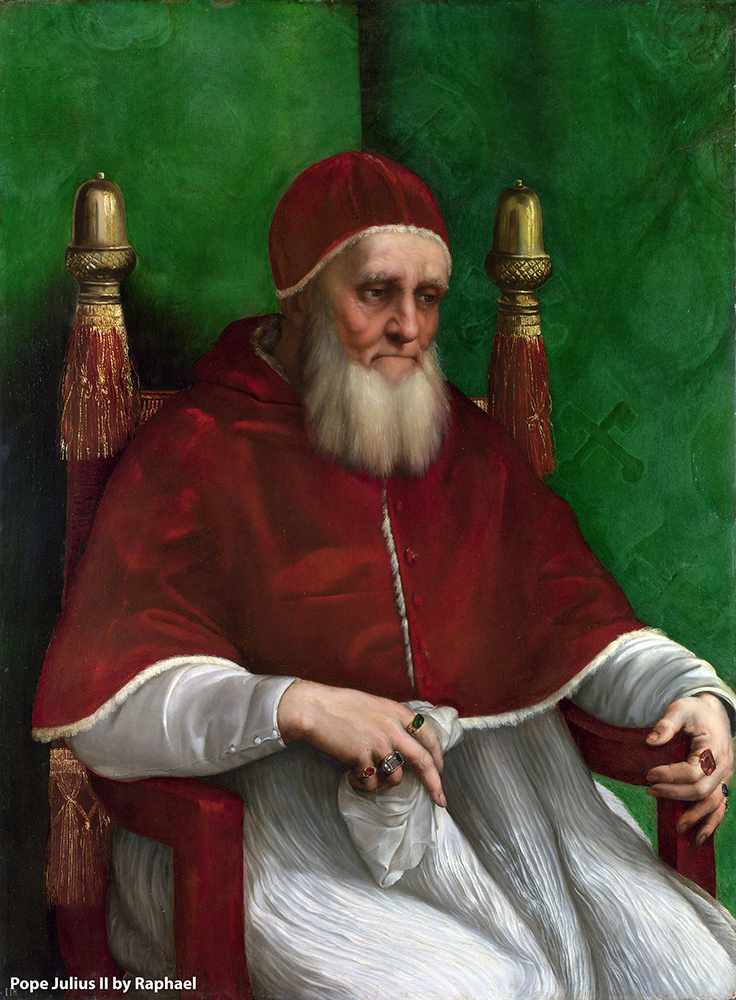
Although Vatican City is quite small it feels large and Saint Peter’s Square is sprawling. The Catholic establishment is a popular part of culture in Rome and some priests become celebrities. We had an excellent and very enthusiastic guide.

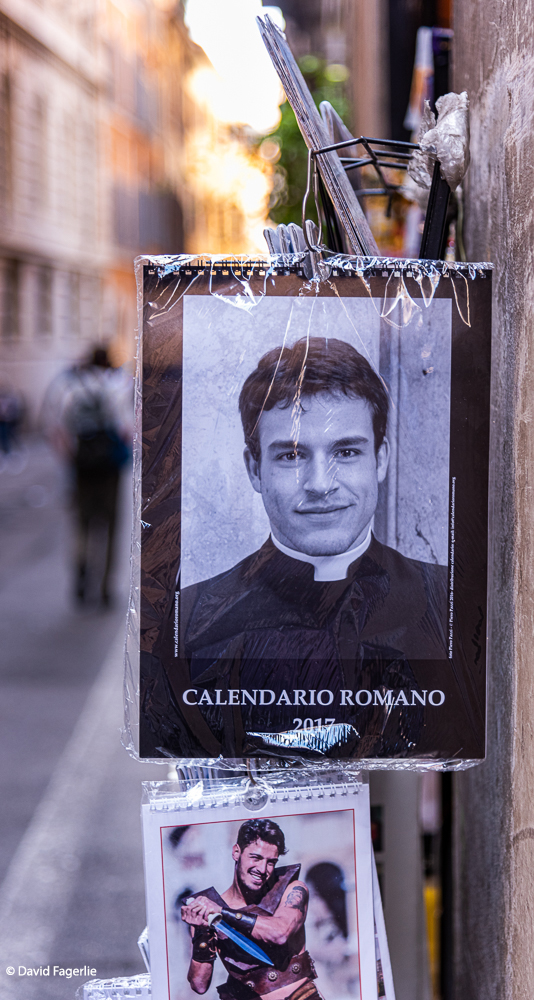
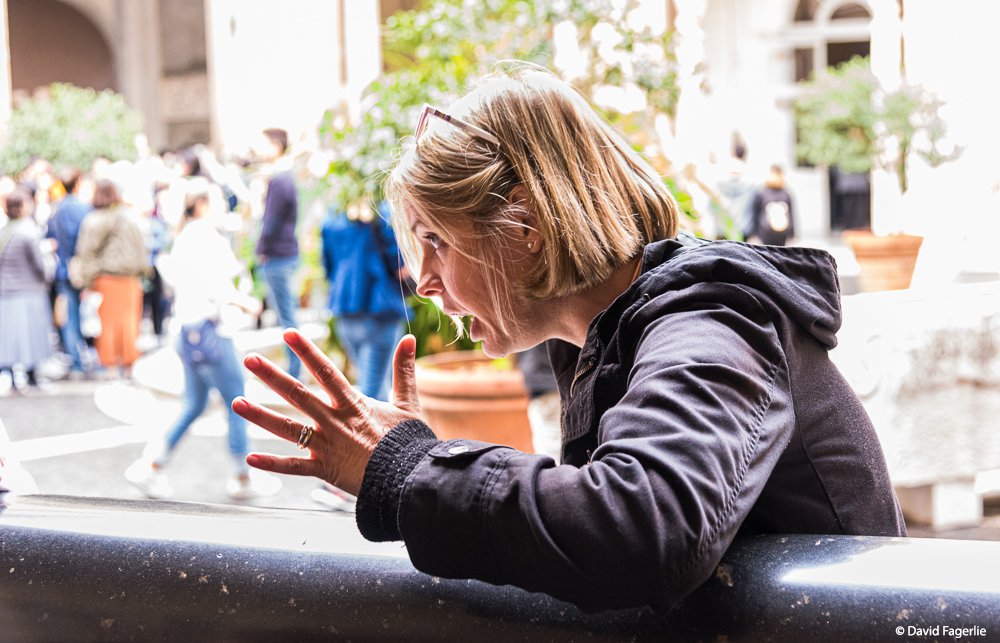
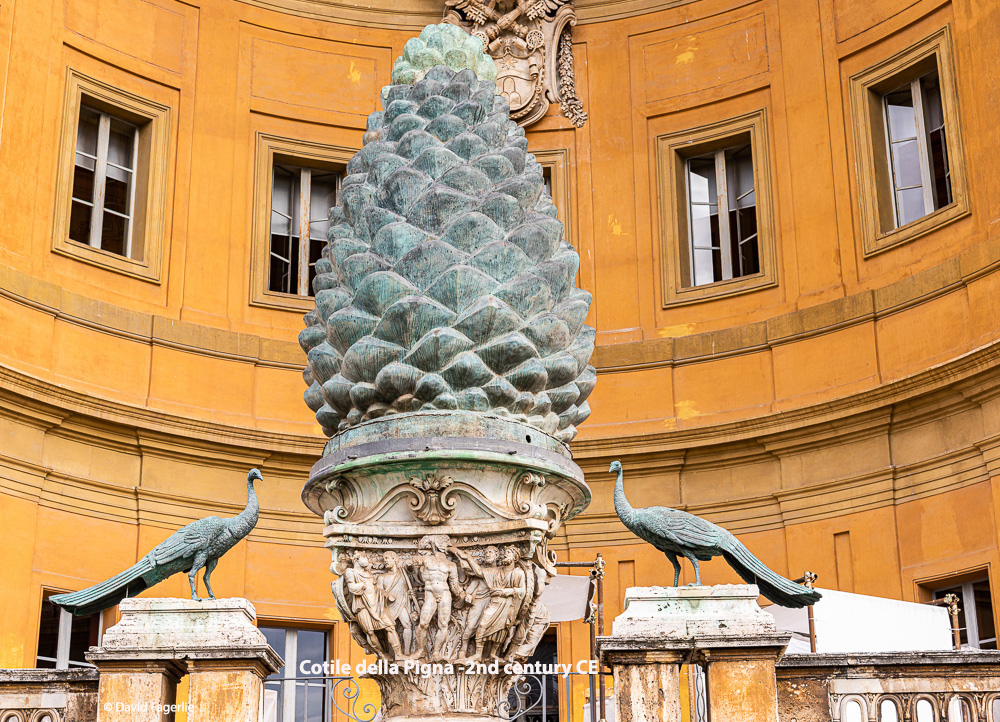
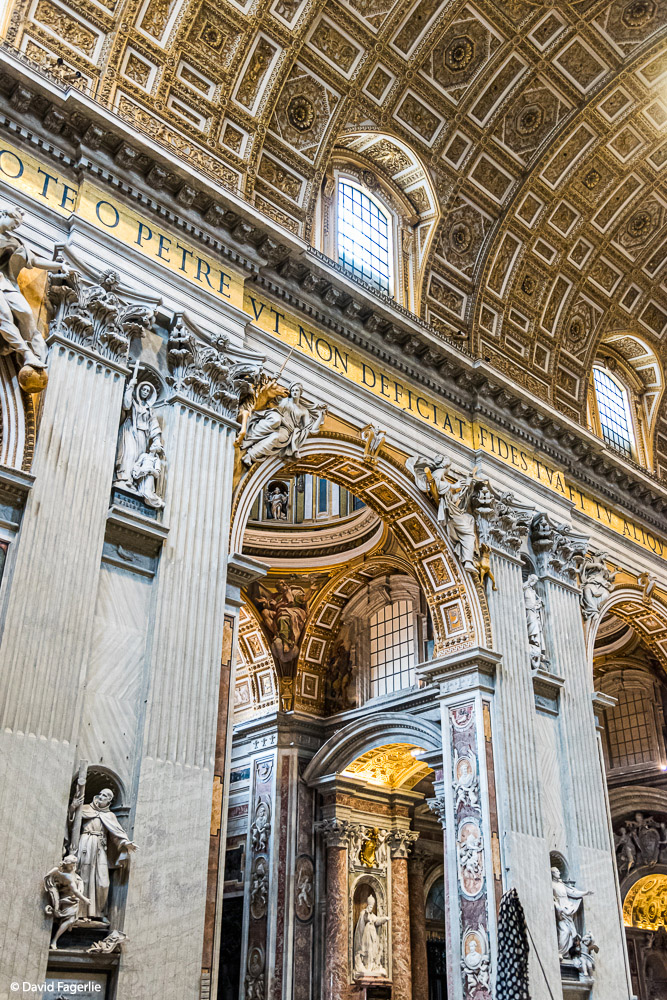
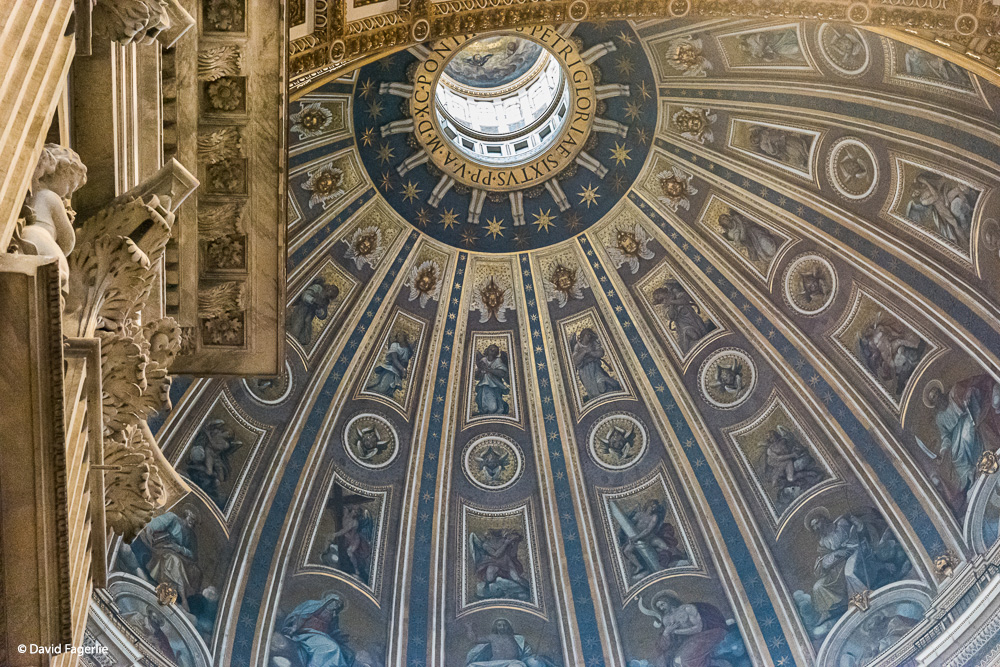
Gian Lorenzo Bernini was a gifted artist and architect. While a major figure in the world of architecture he was more famous as a sculptor in the Baroque style.
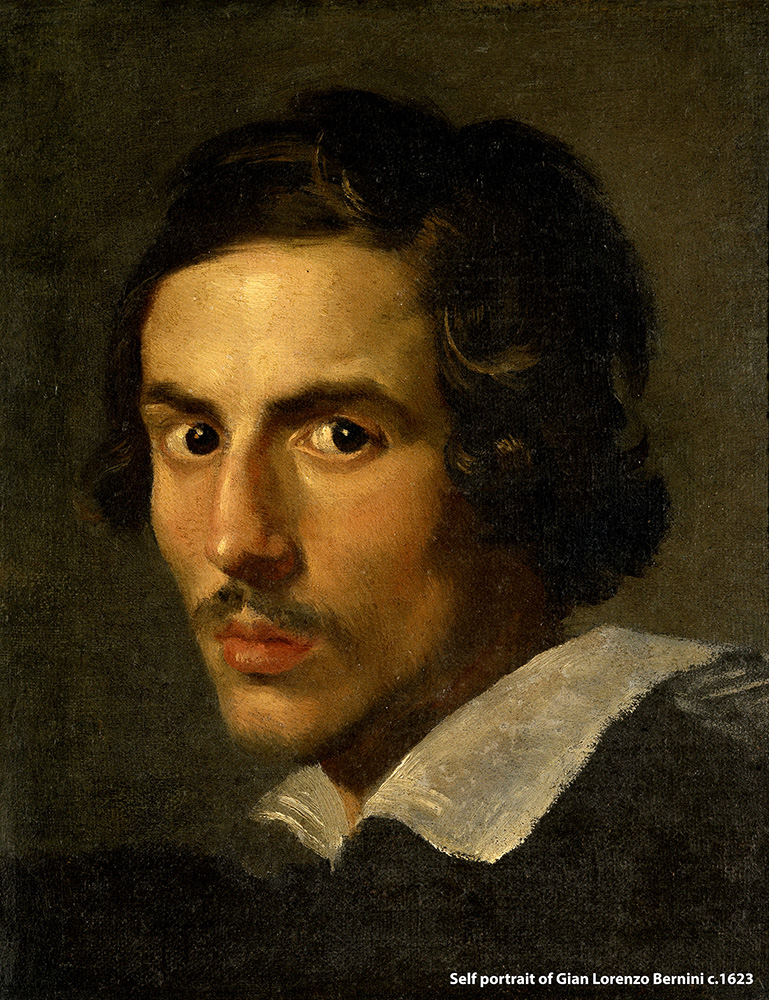
You saw some of Bernini's sculpture work at the Piazza Navona. Among his earliest architectural works was the Saint Peter’s Baldachin in 1623. He created numerous other works for the Vatican, among them the Tomb of Alexander VII from 1671 to 1678.
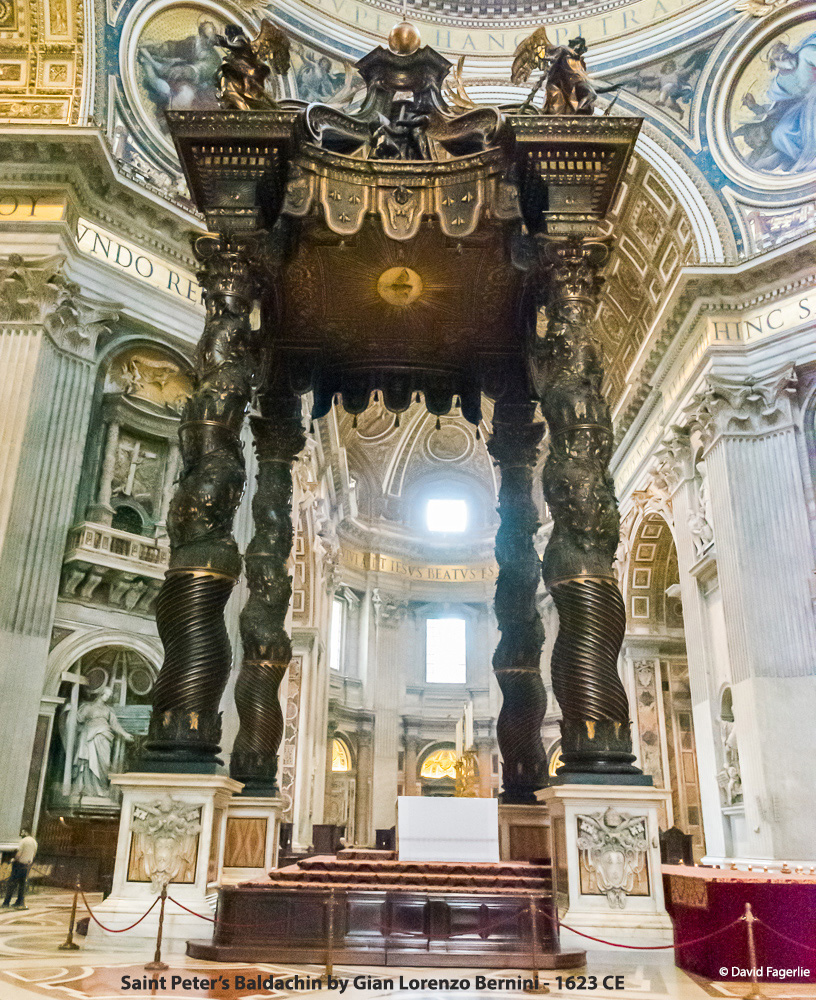
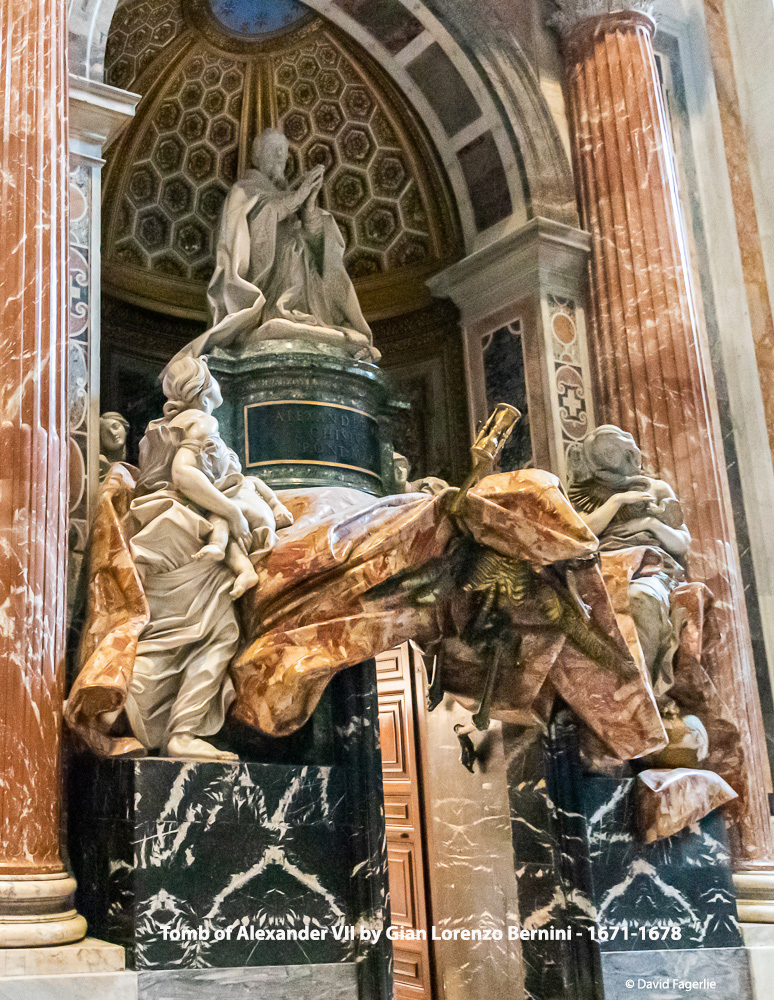
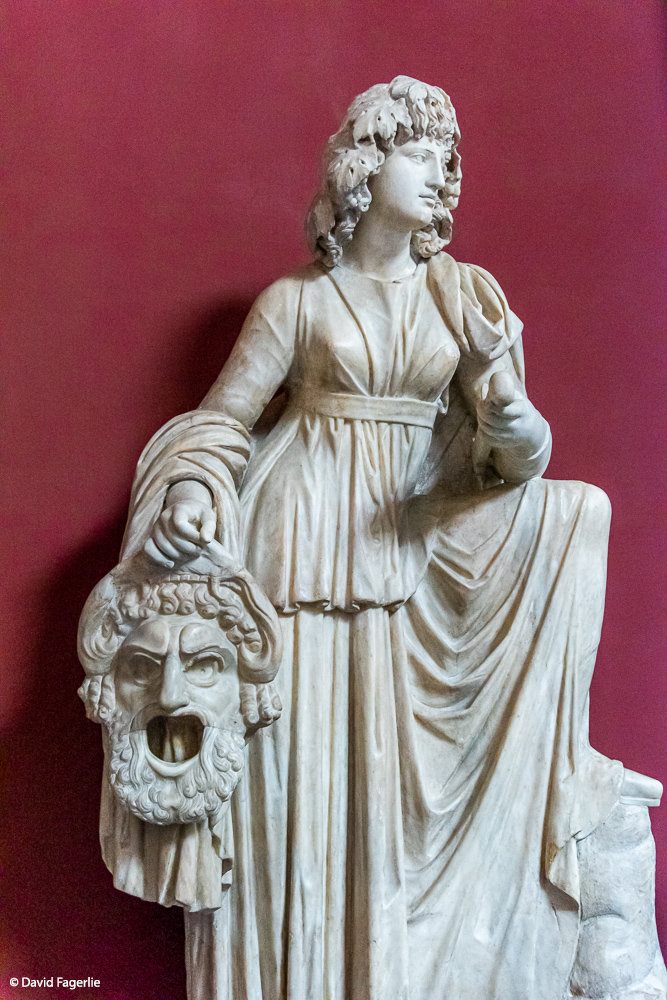
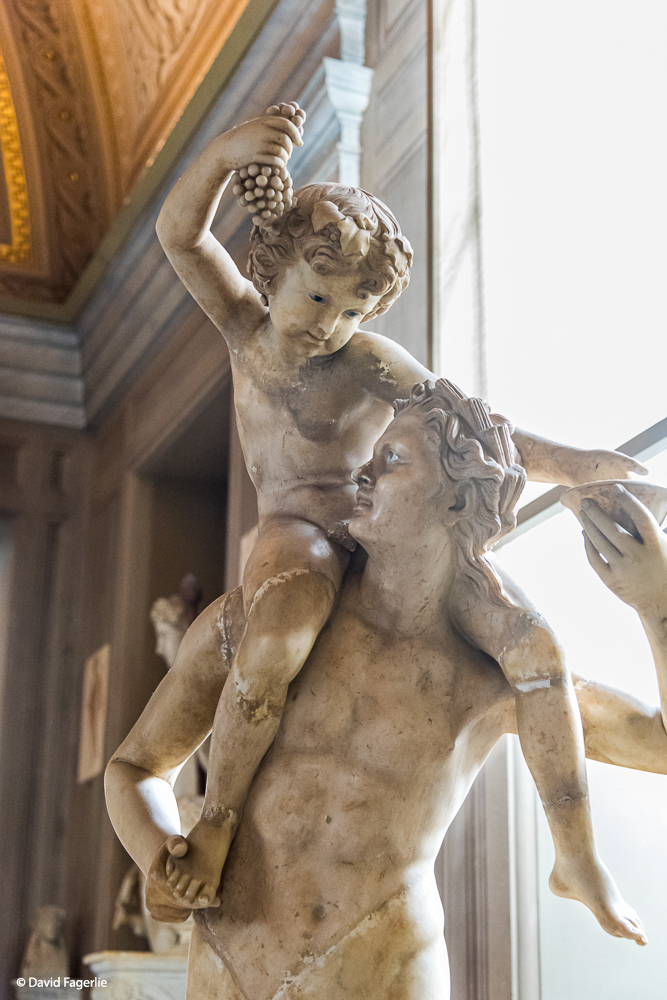
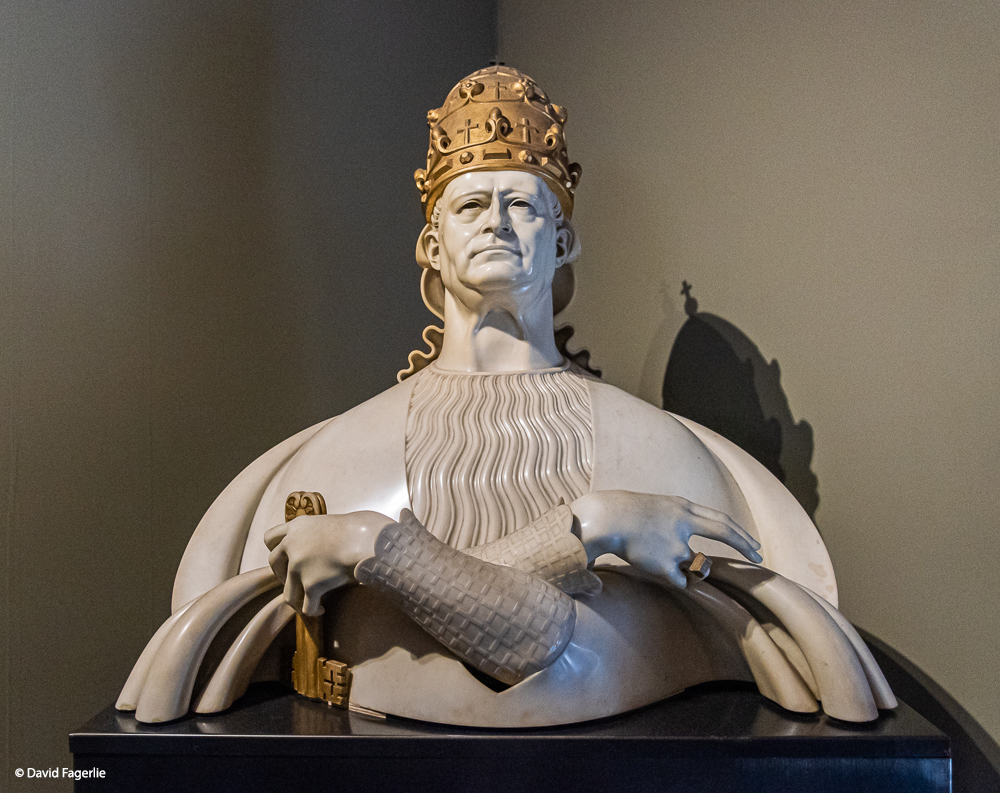
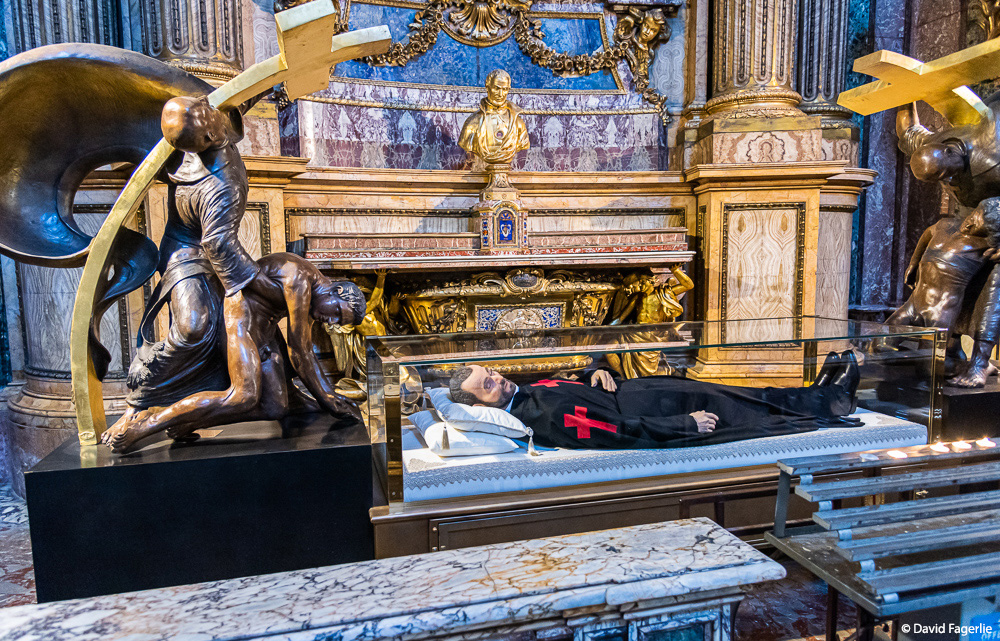
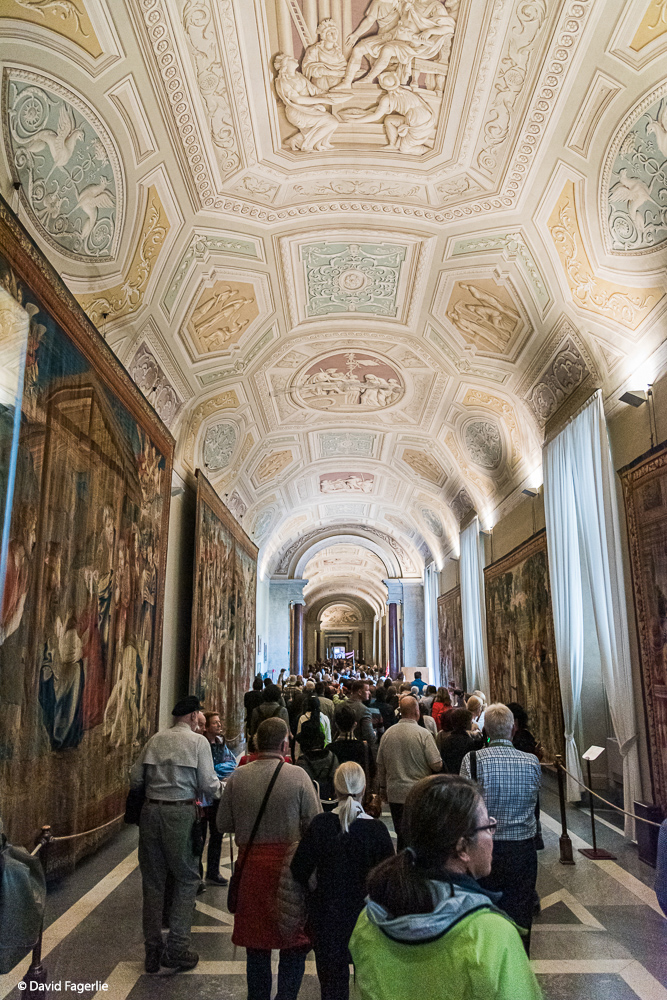
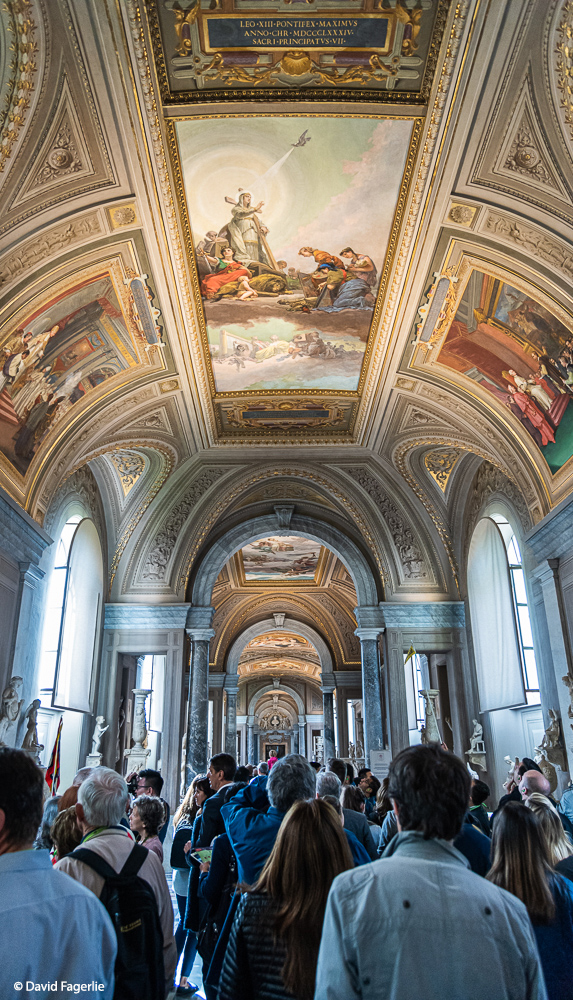

In 1582 Pope Gregory XIII commissioned the “Gallery of Maps” based on the drawings of Italy by Ignazio Danti. It took Danti three years (1580-1583) to complete the forty fresco panels of the 120 meter long gallery. It is said that the maps were eighty percent accurate. The vaulted ceiling artistry was created by a group of Mannerist artists including Girolamo Muziano and Cesare Nebbia.
Mannerism is an “artistic style that predominated in Italy from the end of the High Renaissance in the 1520s to the beginnings of the Baroque style around 1590. The Mannerist style originated in Florence and Rome and spread to northern Italy and, ultimately, to much of central and northern Europe. The term was first used around the end of the 18th century by the Italian archaeologist Luigi Lanzi to define 16th-century artists who were the followers of major Renaissance masters.” – Encyclopedia Britanica
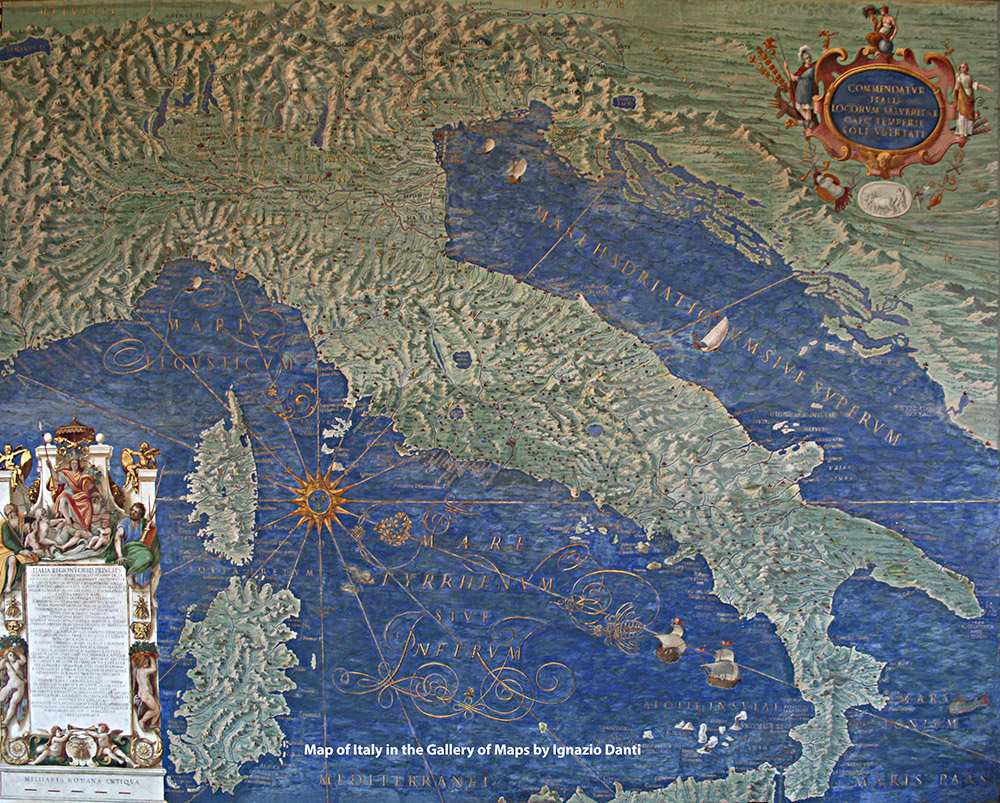
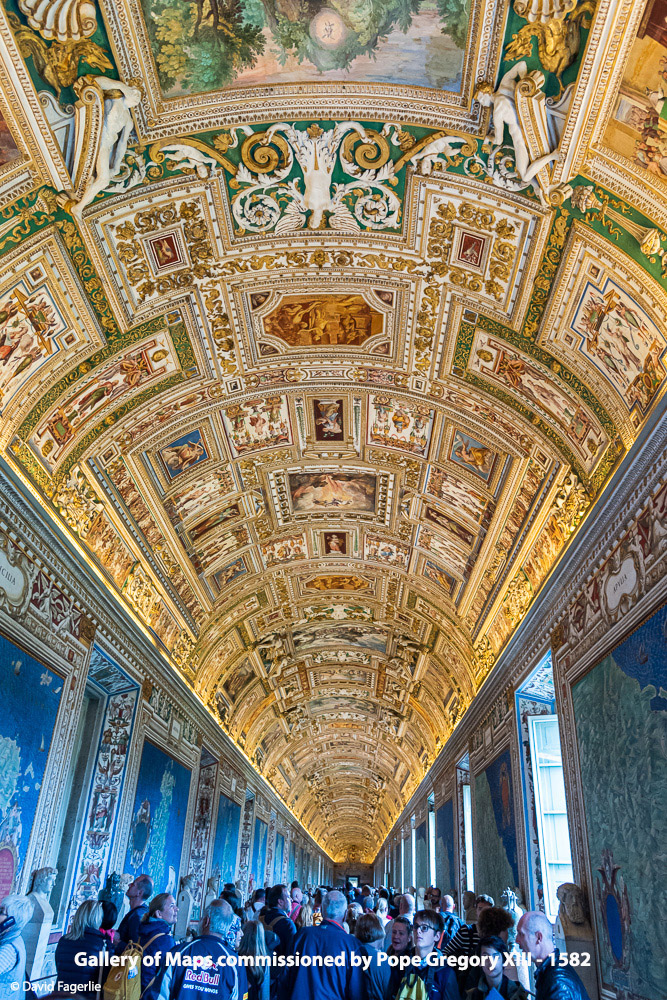
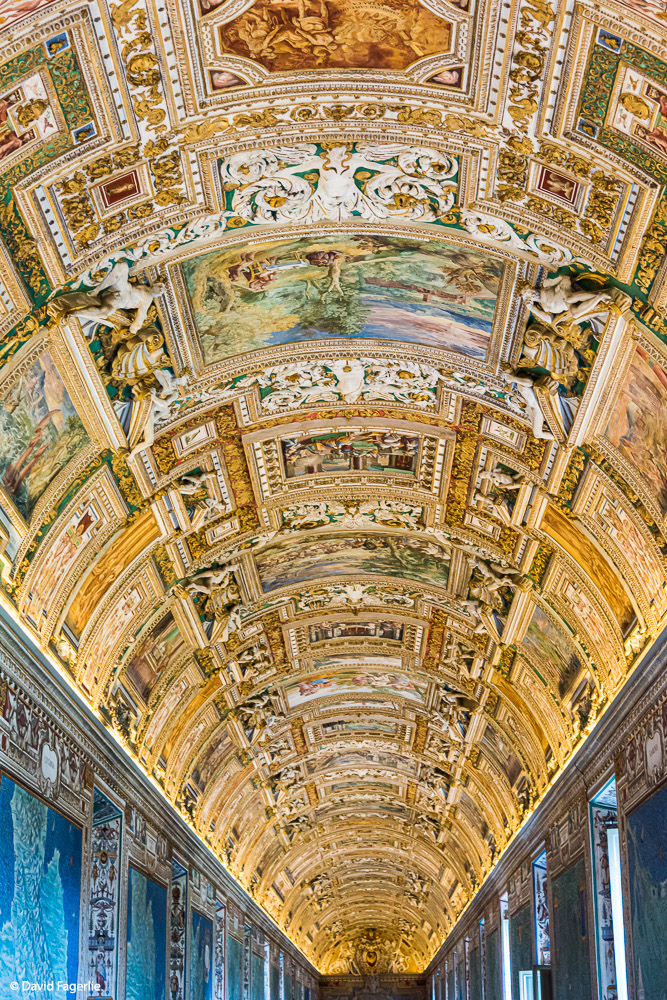
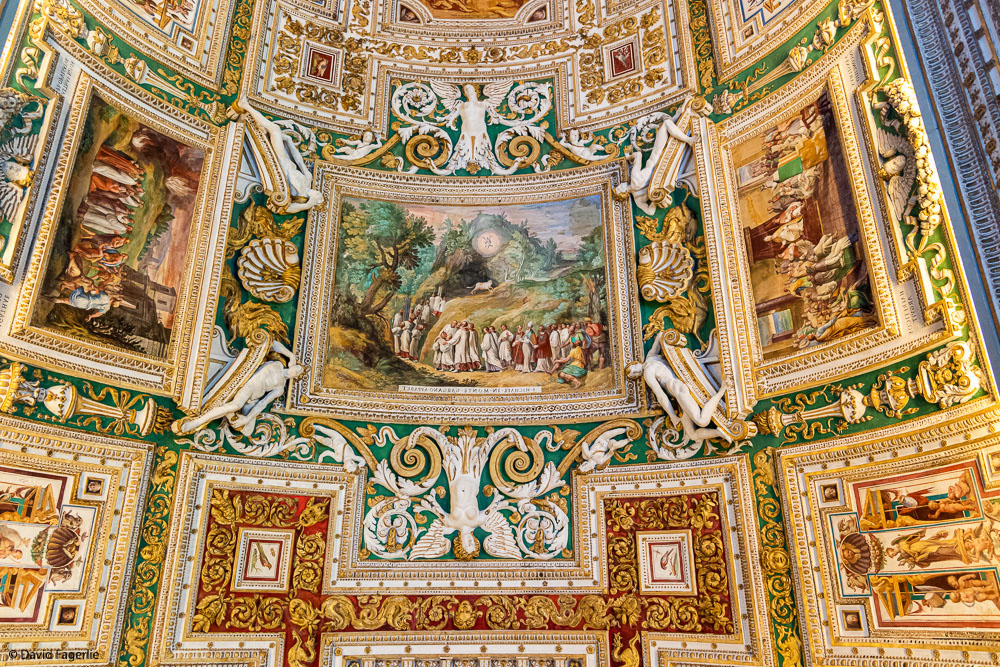
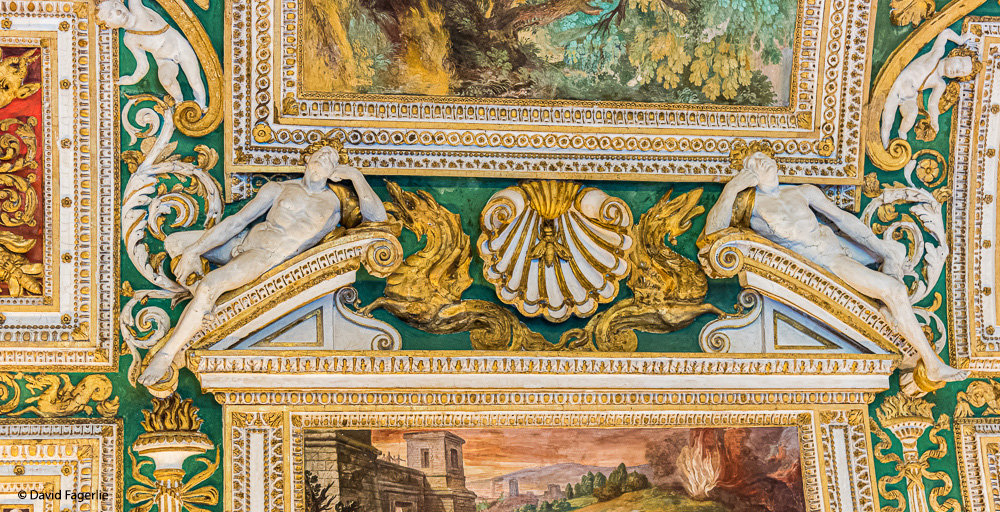
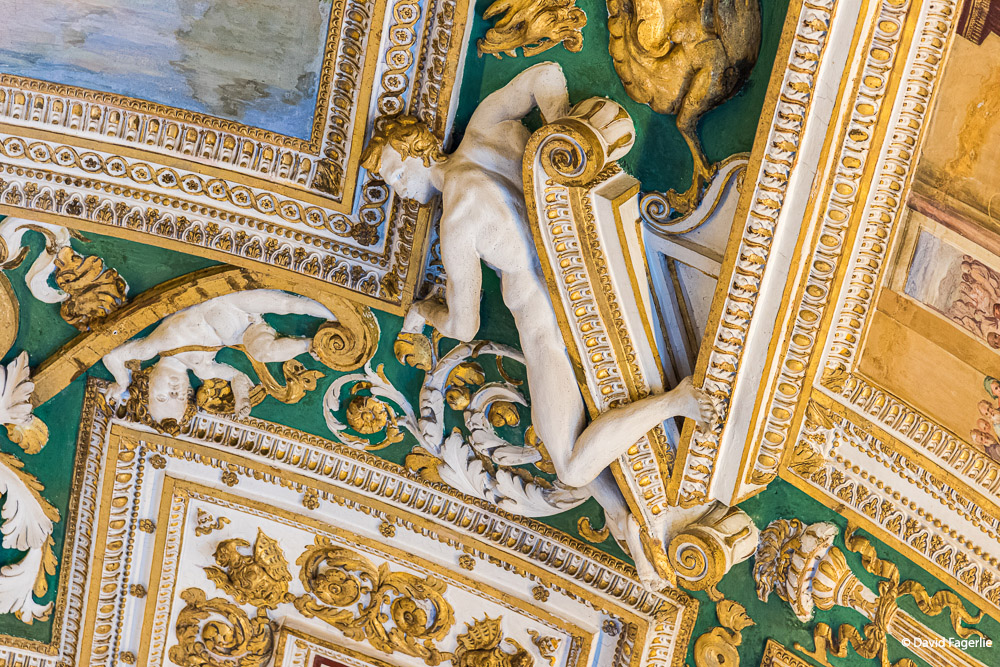
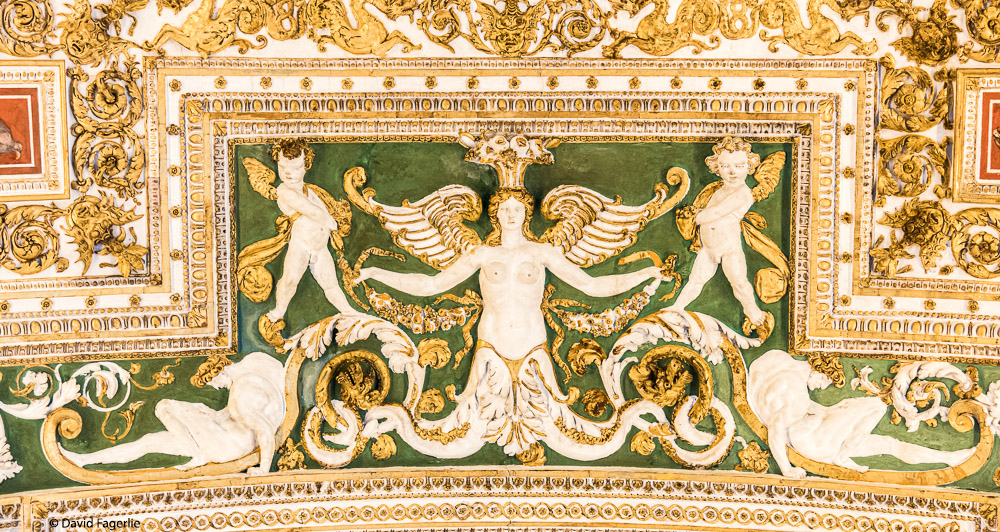
Among the great frescos by Raphael is the “Liberation of Saint Peter” in 1514.

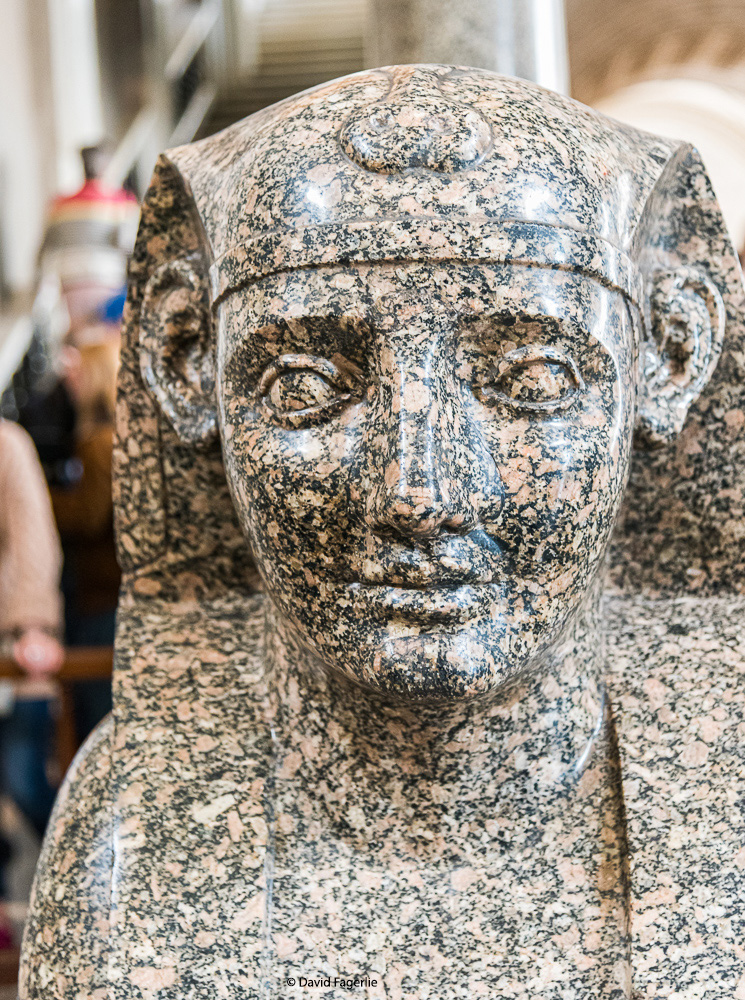

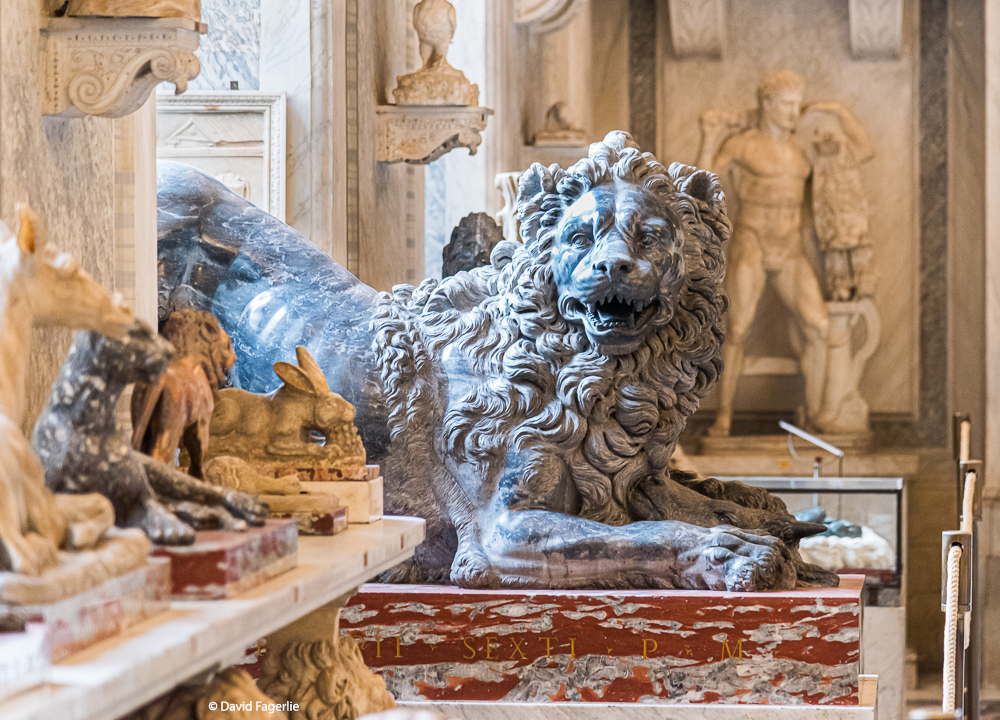
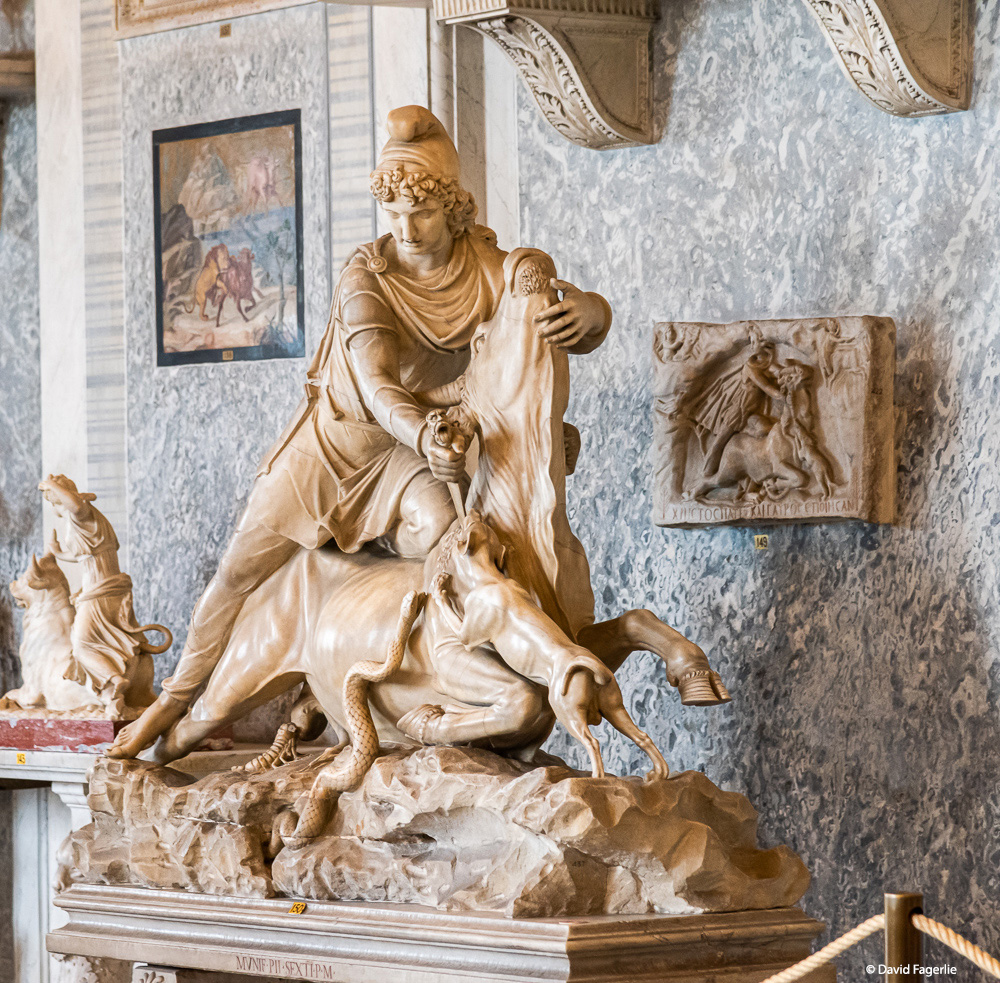
The sculpture “Laocoön and His Sons,” created c.40-30 BCE, is one of the most famous ancient sculptures since it was excavated in 1506. The six-foot-seven-inch masterpiece depicts the Trojan priest Laocoön and his sons Antiphantes and Thymbraeus being attacked by giant serpents sent by the gods.

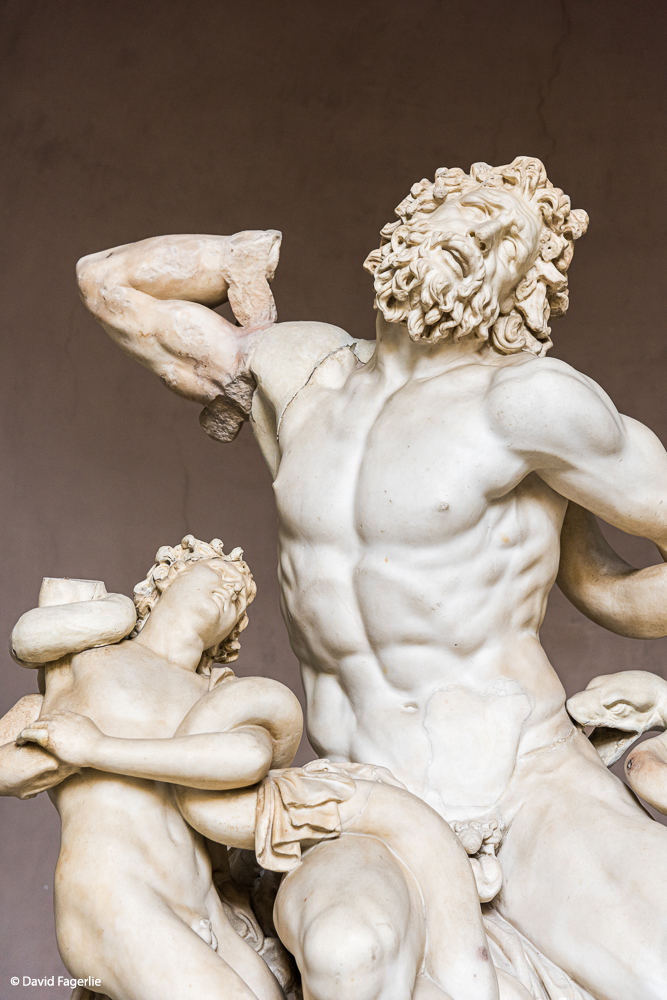

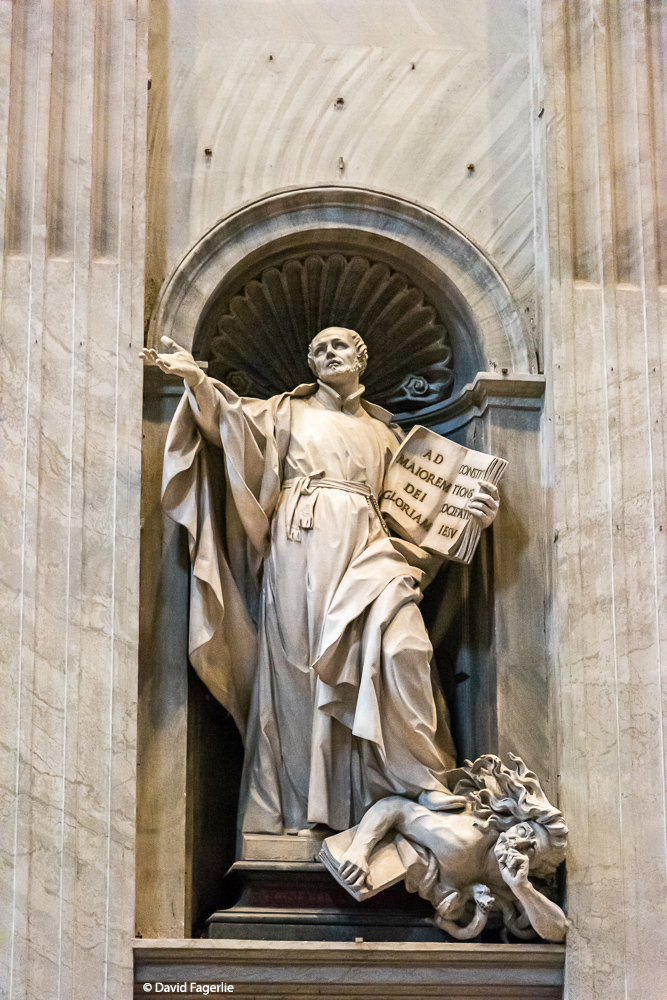
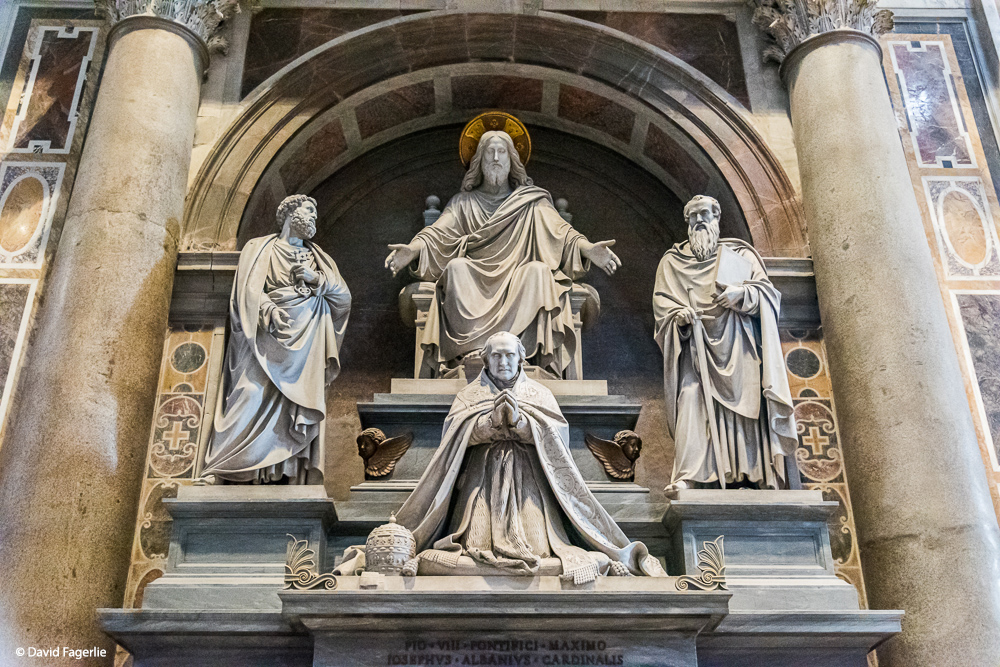
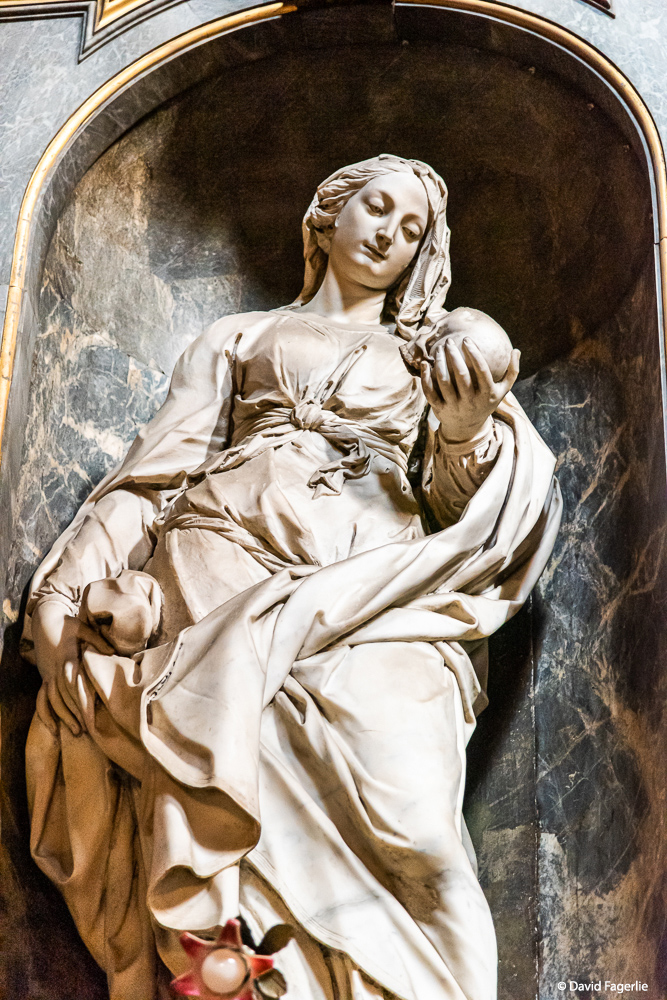
Undoubtedly, one of the most famous sculptures in the Vatican is “La Pietà” by Michelangelo (1498-1499). It is the only piece ever signed by Michelangelo. I felt honored to be in the same room with this magnificent creation.
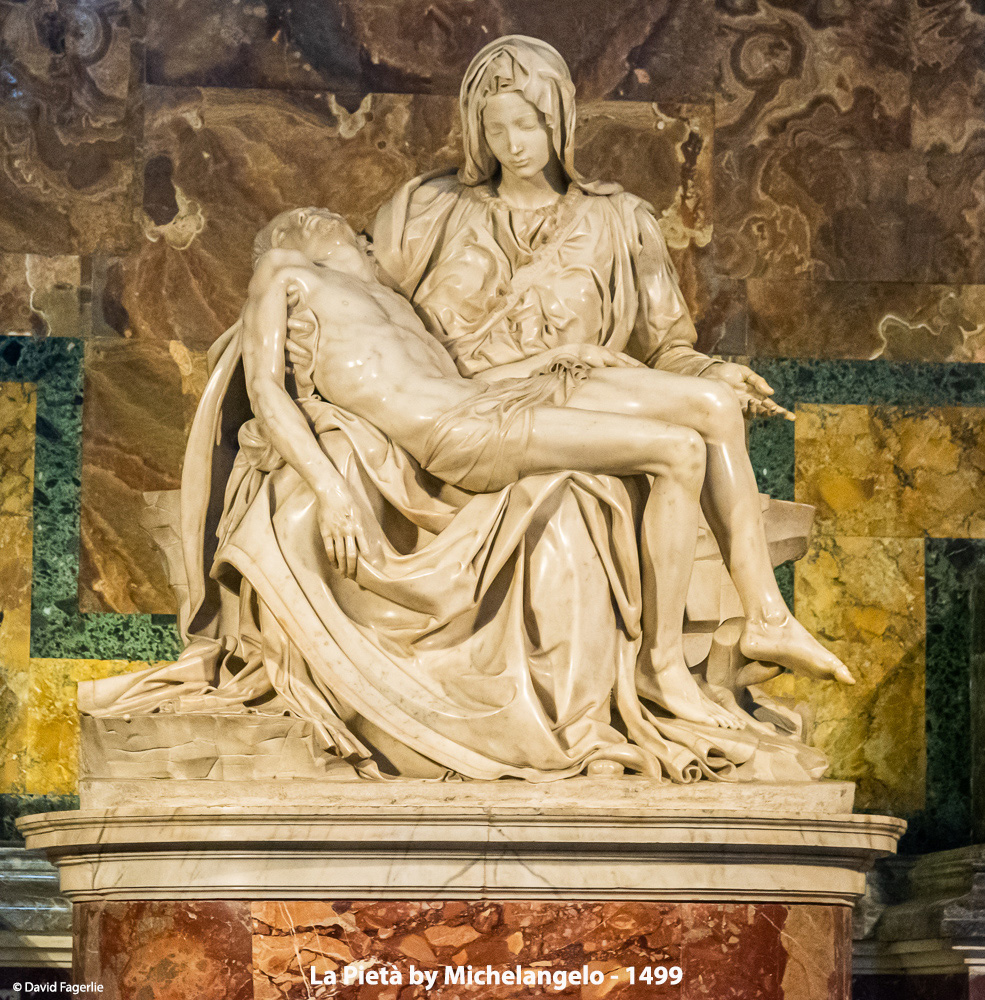
I could not resist ending this chapter with a ceiling fresco of, well, of all things, a camera!
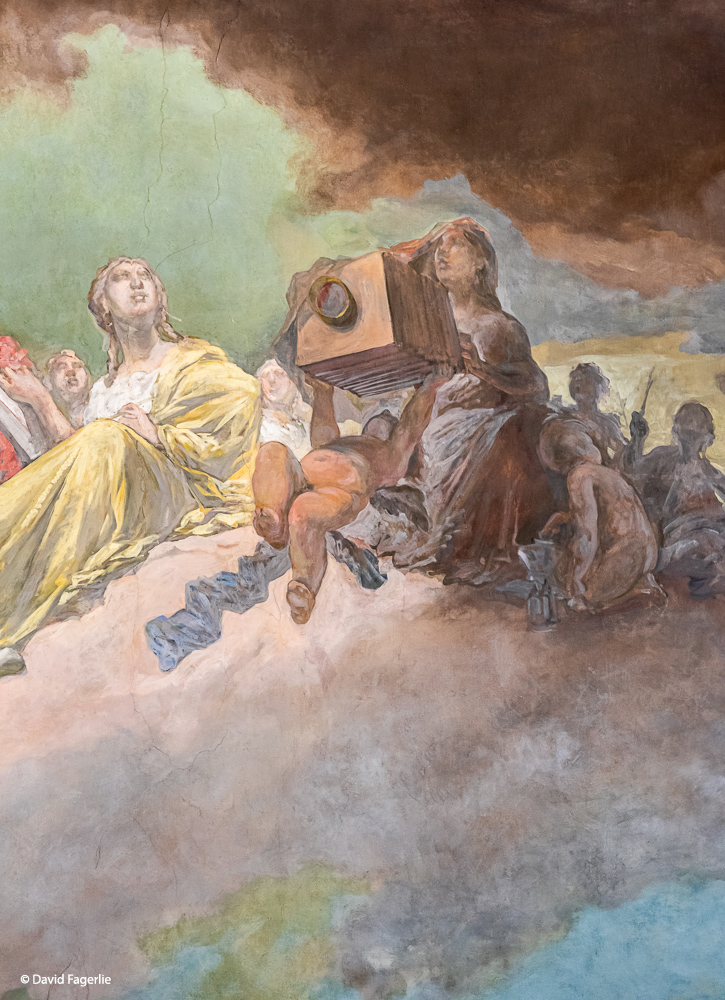
A higher resolution slide show is available in Galleries. You can access this gallery directly by clicking HERE.
Next Monday we leave Rome and travel to northern Italy.

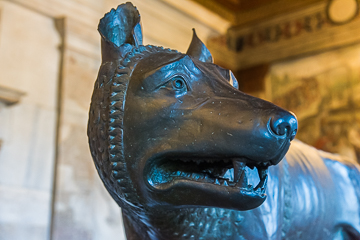
November 27, 2020
Chapter 5: Stresa to Borromeo
In the far north of Italy the town of Stresa, a community of 5,000, sits on the shore of Lake Maggiore, the longest and second largest of the lakes in Northern Italy.